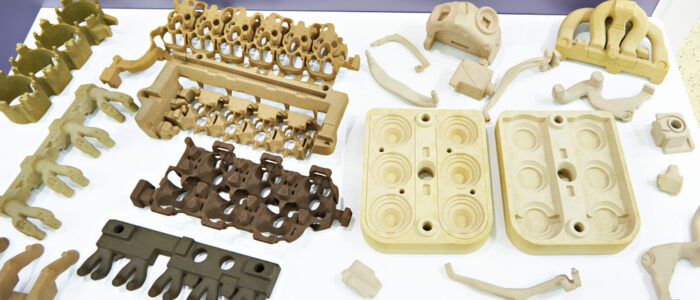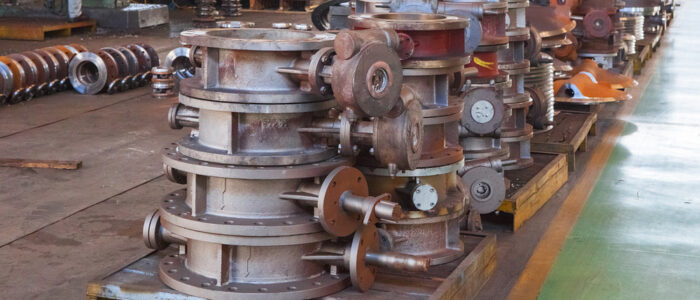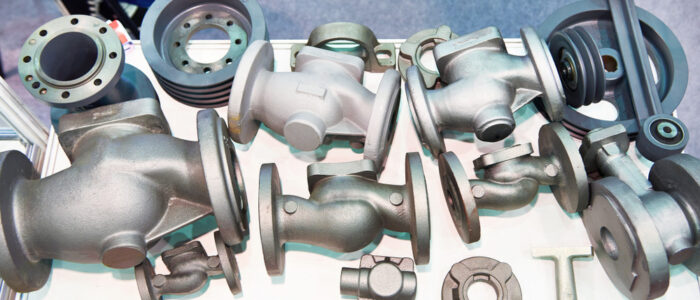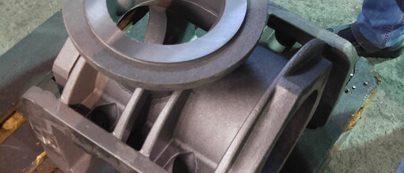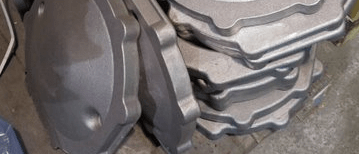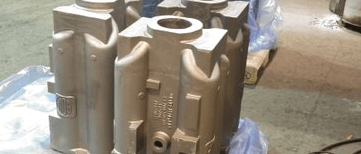Sand casting is a manufacturing process that involves creating a mold of a desired part using a pattern made of wood, metal, or other materials. The mold is then filled with a granular material, such as sand, to create a negative impression of the final part. Molten metal is then poured into the cavity and allowed to cool and solidify. Once the metal has hardened, the sand mold is broken away to reveal the finished sand casting.
Sand casting is a popular choice for manufacturing parts for a variety of industries, including automotive, aerospace, military, and construction. It allows for the production of large, complex parts and can be used with a wide range of materials, including steel, aluminum, and bronze.
Modulus Metal is a leading manufacturer of sand casting parts, with state-of-the-art facilities and a team of experienced professionals. We use advanced techniques and the latest technology to produce high-quality, precise sand castings for a variety of applications. Contact us today to learn more about how sand casting can benefit your business.
We have ISO / IATF certified supplier base and our partner suppliers are experienced in automotive, aerospace, agricultural and industrial machinery manufacturing for many years.
Production capabilities: Up to 2000 kg /piece
Quantity: 1 piece to large volumes of production
Pattern Types: Aluminum , Wood , Poly-Urethane , Epoxy (Araldite)
Molding Types: Automatic , Manual
GREEN SAND
The method
A mixture of sand and clay is packed around a pattern that has the desired casting shape in GREEN SAND CASTING. The pattern is then removed for revealing the cavity into which molten metal is poured. When the metal solidifies, the mold is broken in order to get the casting. When large volumes of castings are required, the ‘automated’ green sand casting technique is used and Aluminum patterns are used because they can resist the wear of frequent molding. The ‘manual’ green sand casting process is used when small quantities of castings are required. It uses wood patterns because they are cheap. Mold compaction is done manually using hand rammers which makes molding slow and labor-intensive.
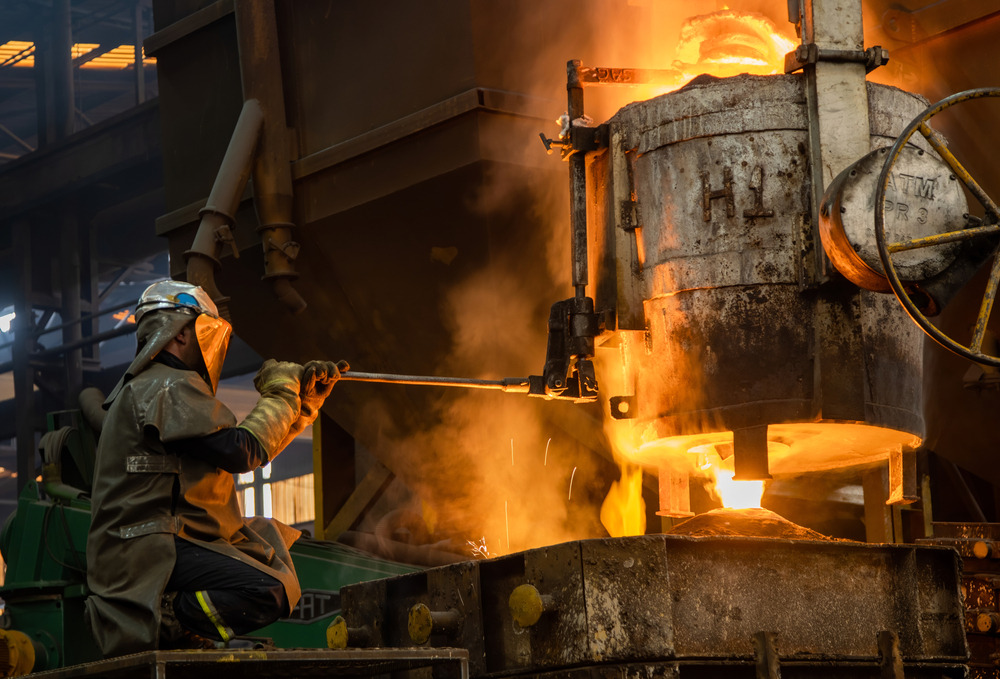
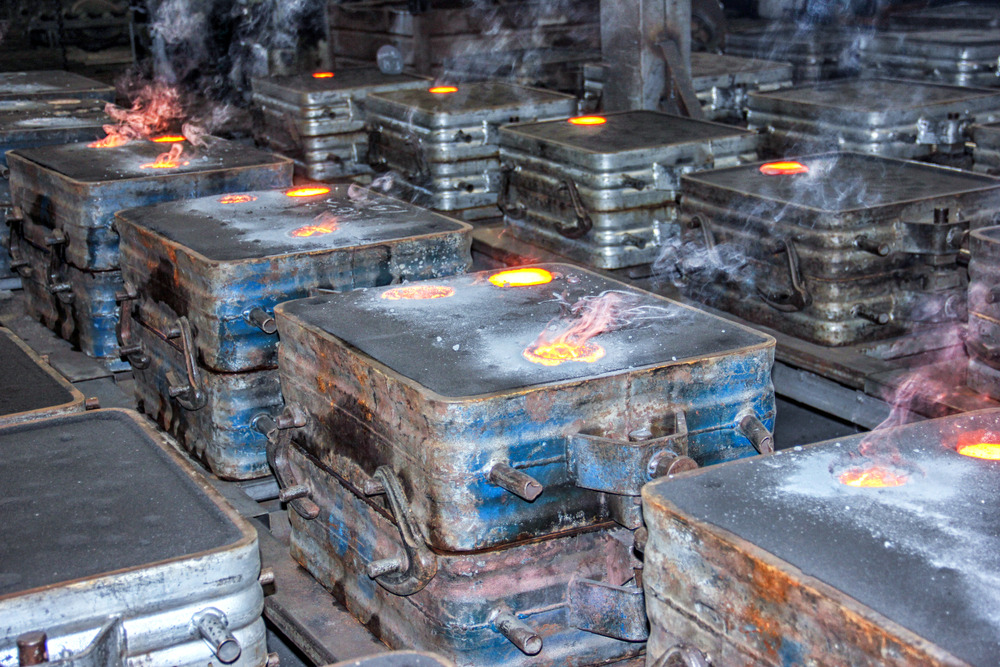
Process characteristics: Primary shaping processes, Discrete
Technical information
The majority of aluminum- and copper-based alloys, steels, and cast irons are appropriate for the method. The most typically utilized material is cast iron. The method is not suitable for refractory or reactive metals.
Draft angle: 1-5°
Surface quality: poor.
Machining allowance: 1.5-6 mm.
Minimum section: Typically 3 mm for light alloys, 6 mm for ferrous alloys.
Typical uses
There are numerous applications of green sand casting. Machine-tool bases, structures, and other components, pump housings, internal combustion engine blocks and cylinder heads, transmission cases, gear blanks, crankshafts, and connecting rods are typical examples.
DRY SAND
As dry sand molds are tougher and more rigid, they have been widely used in the manufacture of massive heavy castings. For casting steels, ‘skin-dry’ sand (mold surface dried only) is applied.


